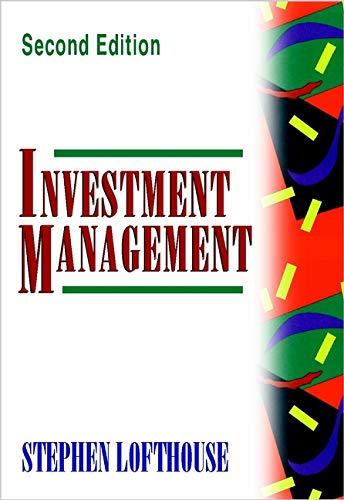On 1/1/A, Penumbral Co. buys 80% of Shadow Co. for $80k; S fmy = nby = $75k CS. $25k RE (no differential). In years A, B, C, and D, P+S have Net Income / dividends of $60k/20k + 20k/5k, 80k/20k + 30k/10k, 100k/20k + 40k/10k, and 120k/20k + 50k/10k. On 1/1/A S issues $20k of 4-year 10% bonds to yield 14%; the bond date is 1/1/A (thus coupon payments occur each 12/31). P purchases 9 of the bonds on 1/1/B for $8,567.67. For credit, you must: 1. Provide an amortization table for the 9 repurchased bonds from the point of view of S Co. from 1/1/B onward. You must use the interest method of amortization and the table format I used in class. Print this table in the space below (you must copy & paste your Excel printout): 2. Provide an amortization table for the 9 bonds from the point of view of P Co. from 1/1/B onward. You must use the interest method of amortization and the table format I used in class. Hint: you gotta figure out the market rate of interest on the repurchase date first. Print this table in the space below (you must copy & paste your Excel printout): 3. Calculate the Gain/Loss on Constructive Retirement; show that it is the difference between S's 1/1/B Bond net book value and P's 1/1/B repurchase price. These should be the first 2 numbers in your amortization tables. This amount is: 4. Total interest expense for the years following the repurchase (just total the interest column in S's amortization table) is: 5. Total interest revenue for the years following the repurchase (just total the interest column in P's amortization table) is: [Recall: the difference between #4 and #5 above should be the same as the answer to #3 above. 6. In the space below, provide P's 12/31/C workpaper entry to eliminate the intercompany bond accounts. On 1/1/A, Penumbral Co. buys 80% of Shadow Co. for $80k; S fmy = nby = $75k CS. $25k RE (no differential). In years A, B, C, and D, P+S have Net Income / dividends of $60k/20k + 20k/5k, 80k/20k + 30k/10k, 100k/20k + 40k/10k, and 120k/20k + 50k/10k. On 1/1/A S issues $20k of 4-year 10% bonds to yield 14%; the bond date is 1/1/A (thus coupon payments occur each 12/31). P purchases 9 of the bonds on 1/1/B for $8,567.67. For credit, you must: 1. Provide an amortization table for the 9 repurchased bonds from the point of view of S Co. from 1/1/B onward. You must use the interest method of amortization and the table format I used in class. Print this table in the space below (you must copy & paste your Excel printout): 2. Provide an amortization table for the 9 bonds from the point of view of P Co. from 1/1/B onward. You must use the interest method of amortization and the table format I used in class. Hint: you gotta figure out the market rate of interest on the repurchase date first. Print this table in the space below (you must copy & paste your Excel printout): 3. Calculate the Gain/Loss on Constructive Retirement; show that it is the difference between S's 1/1/B Bond net book value and P's 1/1/B repurchase price. These should be the first 2 numbers in your amortization tables. This amount is: 4. Total interest expense for the years following the repurchase (just total the interest column in S's amortization table) is: 5. Total interest revenue for the years following the repurchase (just total the interest column in P's amortization table) is: [Recall: the difference between #4 and #5 above should be the same as the answer to #3 above. 6. In the space below, provide P's 12/31/C workpaper entry to eliminate the intercompany bond accounts








